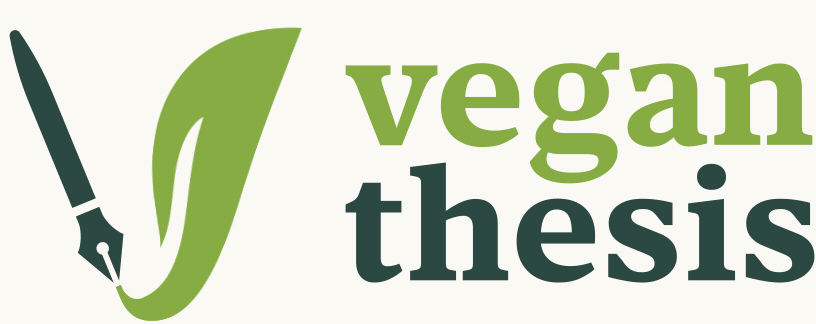What are the links between sustainable development and animal welfare?
Context and Relevance:
The relationship between sustainable development and animal welfare is increasingly recognized as essential for fostering ethical, environmentally responsible practices in agriculture, farming, and beyond. Sustainable development goals (SDGs), as outlined by the United Nations, emphasize balancing economic growth, environmental stewardship, and social well-being. However, animal welfare is often overlooked in this balance, despite its significant role in achieving broader sustainability outcomes. For instance, improving animal welfare can lead to healthier ecosystems, more resilient agricultural systems, and increased economic benefits through higher productivity and better resource efficiency. Conversely, sustainable development practices that prioritize environmental and economic gains without considering animal welfare may inadvertently cause harm, undermining ethical principles and long-term sustainability.
Potential Research Approach:
Literature Review: Conduct an in-depth review of existing literature focusing on the intersections between the United Nations' Sustainable Development Goals (SDGs) and animal welfare principles. This review should include an analysis of how specific SDGs (such as zero hunger, good health and well-being, and responsible consumption and production) relate to animal welfare, identifying gaps and opportunities for integration.
Case Studies: Analyze case studies where sustainable agricultural practices have incorporated animal welfare considerations. Examples may include organic or regenerative farming systems, where improving the welfare of farmed animals has led to ecological benefits such as enhanced biodiversity, soil health, and reduced environmental degradation. The case studies should also examine the economic outcomes for farmers and communities.
Cross-Sectoral Analysis: Conduct comparative studies across various sectors, such as agriculture, wildlife conservation, and fisheries, to assess shared goals and challenges related to animal welfare and sustainable development. This analysis can reveal how different sectors integrate or overlook animal welfare in their sustainability efforts, highlighting best practices and areas for improvement.
Policy Analysis: Examine global policies and regulations that promote both sustainable development and animal welfare. This analysis could include a review of international treaties, regional frameworks, and national policies to assess the extent to which animal welfare is embedded within sustainable development agendas. Identify successful policy models that have aligned sustainability and welfare objectives, and analyze their impact.
Stakeholder Consultations: Engage with key stakeholders such as farmers, policymakers, NGOs, and animal welfare advocates to gather diverse perspectives on the synergies and trade-offs between sustainable development and animal welfare. These consultations can help identify practical challenges, ethical considerations, and opportunities for collaboration between different sectors and interest groups.
Additional Questions:
How do improvements in animal welfare contribute to the resilience, productivity, and sustainability of agricultural systems?
What are the economic, environmental, and social benefits of integrating animal welfare considerations into sustainable development practices, and how can these benefits be measured?
How can international collaborations and policy frameworks be leveraged to enhance the integration of animal welfare into sustainable development agendas, particularly in regions with high agricultural activity or biodiversity?
